WNBA 20: Two decades of defining storylines as players remember them

Seattle Storm rookie Breanna Stewart didn’t grow up shooting hoops in her neighborhood with just any basketball in her hands. The four-time NCAA champion at UConn learned the game while clutching the orange and white ball that has become the chief symbol of the WNBA since its inception in 1997.
“I grew up watching the WNBA,” said Stewart, the No. 1 pick in the 2016 WNBA draft. “When I was younger and I would shoot around my block or shoot outside, I had a WNBA basketball, not just a regular basketball. I wanted the WNBA one because I wanted to be like them.”
Twenty years ago, Stewart’s sentiment wasn’t shared by anyone, as that now-unmistakable ball, and the league to which it belongs, did not exist. But today, it is commonly felt by countless women’s basketball players across the globe.
With the historic 20th season of the WNBA tipping Saturday, a group of the league’s biggest stars, both past and present, took SI.com through some of the defining storylines, for better or worse, that have chronicled the first two decades of the most successful women’s sports league in American history.
• MORE NBA: Metta World Peace talks Tamika Catching, mental health
“It needed to be backed by the NBA”
Rebecca Lobo aptly recalls her promotional efforts for the WNBA when the league was in its infantile stages. As part of the 1995–96 U.S. women’s national basketball team, which the former WNBA All-Star called the “test bubble for the league,” Lobo and company toured the country and played exhibition games to gauge the interest level for women’s basketball in America, at the time.
“We would go and play different colleges and we beat everyone handily,” recalled Lobo, who is currently a women’s basketball analyst for ESPN. “They were selling posters and T-shirts and all different kinds of things. We really started to get a taste of what it could be like to have a pro league here in the U.S.”
Leading up to the U.S.’s gold-medal success at the 1996 Atlanta Games, the idea of an American women’s professional basketball league was met with skepticism. The previous leagues of its kind–the WBL, WABA and WBA–received little fanfare and lasted no longer than three seasons.
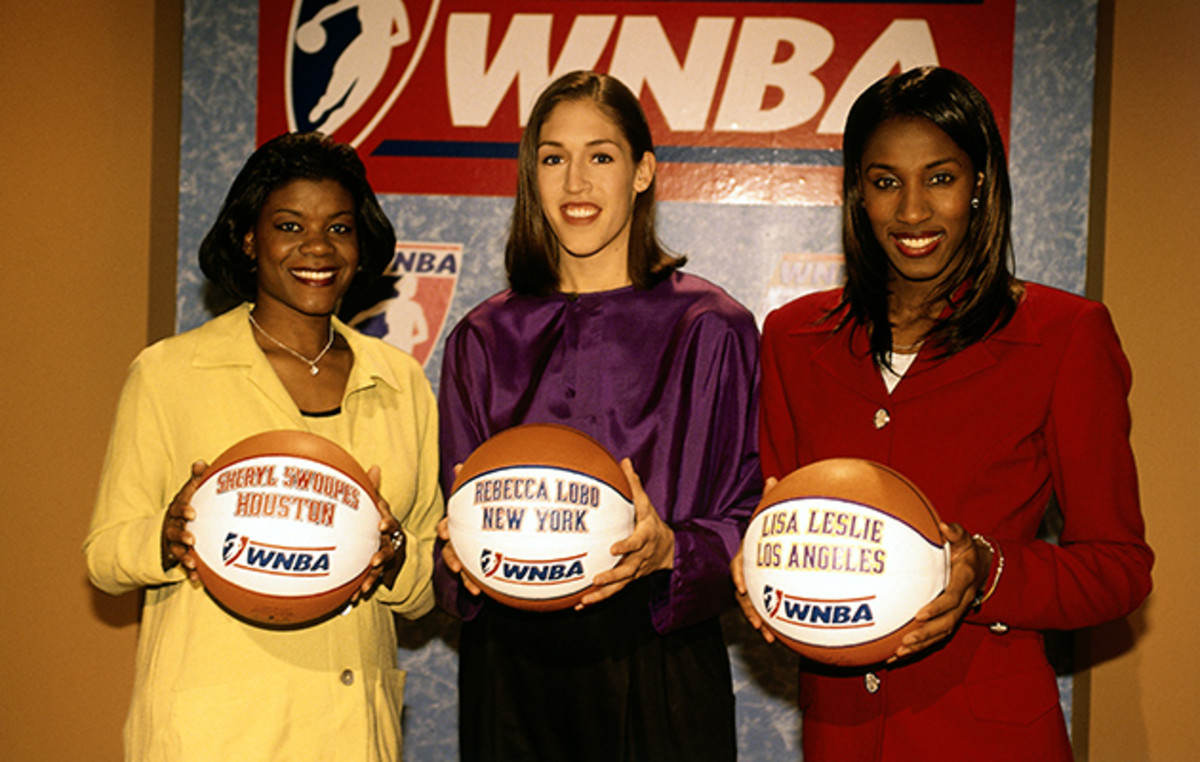
But an American women’s professional basketball league was given another chance. The WNBA became a reality when Lobo, along with her Olympic teammates and future WNBA stars Sheryl Swoopes and Lisa Leslie, represented the league at a news conference in April 1996 to announce its formation and full backing by the NBA. Though the independent American Basketball League (ABL) formed around the same time and attracted more than half the players from the 1996 Olympic team, it never received the backing it needed to survive and folded during its third season in 1998.
“I always felt in order for a professional league to succeed in this country, it needed to be backed by the NBA,” said Lobo, who played for the New York Liberty, Houston Comets and Connecticut Sun before retiring from the WNBA in 2003. “In the early days I just thought this was really going to have a chance because it had [then-NBA commissioner] David Stern’s backing and it got the backing of the owners in the league.”
The WNBA, led by inaugural president Val Ackerman, was officially set to tip-off in June 1997 with eight teams. The Liberty, Comets, Charlotte Sting and Cleveland Rockers represented the Eastern Conference, while the Los Angeles Sparks, Phoenix Mercury, Sacramento Monarchs and Utah Starzz hailed from the Western Conference.
Near the end of the century, eight teams grew to 12, and then to 16, and it became clear: the WNBA was built to last.
“The flyest thing ever”
For Swin Cash, a former UConn star who was a senior in high school when the league began in 1997, not only could the WNBA afford her an opportunity to play basketball at the highest possible professional level, but it could also allow her to do so at home in America.
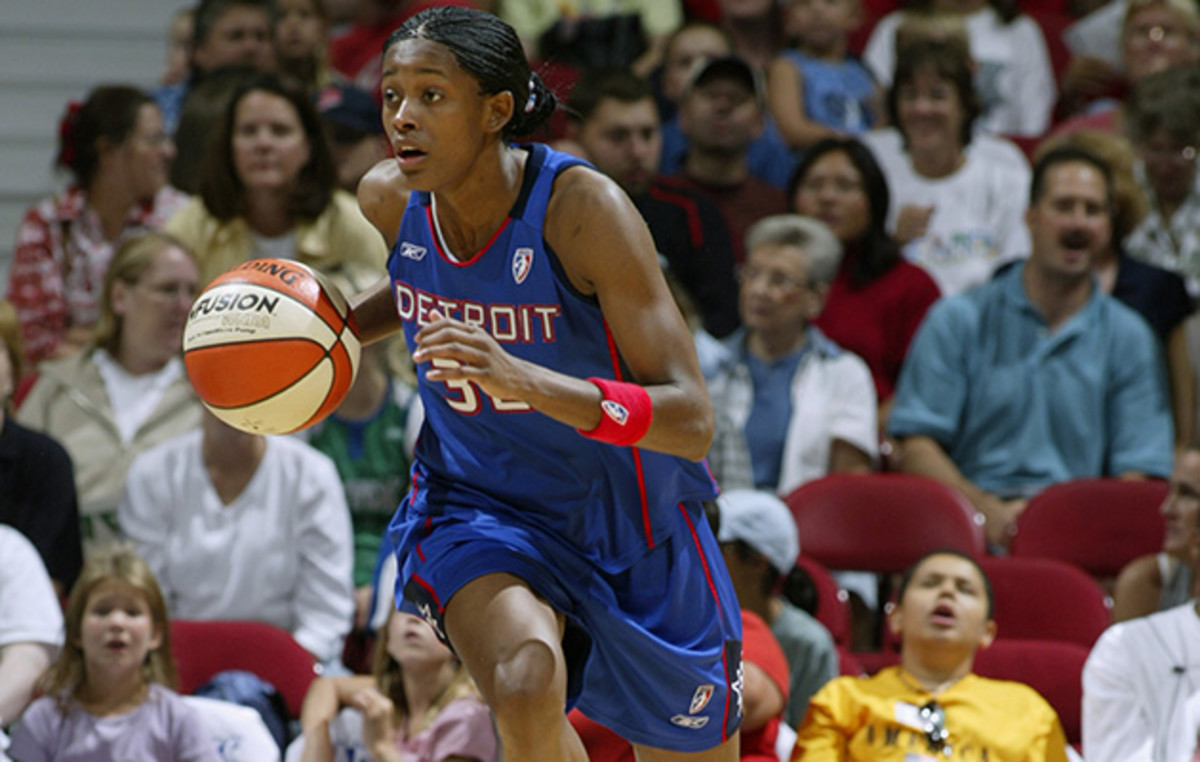
“The possibilities just seemed endless,” said the 15-year WNBA veteran and member of the Liberty, who was the No. 2 pick in the 2002 WNBA draft by the then-Detroit Shock. “I just remember being so excited and happy thinking, ‘Wow, now I have not just the option of going overseas or getting a job, but to really play at home.’ That, to me, was the flyest thing ever.”
Giving Cash, and many others like her, something to work toward beyond college, the WNBA began to inspire younger players to strive for a career in basketball. Among them was Diana Taurasi, the game’s most promising young guard out of UConn. Taurasi, the No. 1 pick in the 2004 draft by the Phoenix Mercury, was in eighth grade when the league debuted. She knew from her very first experience at a WNBA game–a matchup between the Mercury and Sparks at the Great Western Forum in the inaugural season–that the league was for her.
[youtube:https://www.youtube.com/watch?v=fkSfuuf7ASo]
• From SI Vault: The trials of Mercury star Diana Taurasi
“The WNBA started just as I started becoming serious about basketball,” Taurasi recalls. “When I got to see them play it was like, ‘You know what, this could be something for me.’ It was pretty much the first thing on my list, to get drafted and hopefully go to a great team, which I did.”
Taurasi, who will begin her 12th season with the Mercury in 2016 after a one-year hiatus from the league, entered the WNBA at a time when its pioneers were giving way to a younger crop of talent. Thus, the new century brought with it a transition in player popularity, as eventual stars Lauren Jackson and Tamika Catchings were drafted in 2001, Cash and Sue Bird in 2002, Cheryl Ford in 2003, followed by Taurasi and Lindsay Whalen in 2004, among several others.
“I was lucky enough to be in a great class with some amazing players,” said Taurasi, a three-time WNBA champion and the league’s MVP in 2009. “With every new class of players, it pumps extra energy and excitement into the league. It is part of how the WNBA established itself as the best league in the world, which it still is to this day.”
“We had to win”
Indiana Fever star Tamika Catchings remembers the unsettling feelings that arose upon hearing that her team had lost a startling amount of money following a .500 season in 2008. Like multiple fledging WNBA franchises, the Fever were struggling financially and the possibility of folding or relocating was imminent.
To that point, two WNBA teams had relocated and five had folded, including the once dominant Comets, who captured the first four titles in league history. With the league’s NBA partners beginning to view some of their sister teams as liabilities, third party owners began independently acquiring franchises, starting with the Sun in 2003. Today, half the teams in the league are independently owned, with six teams still linked to NBA franchises.
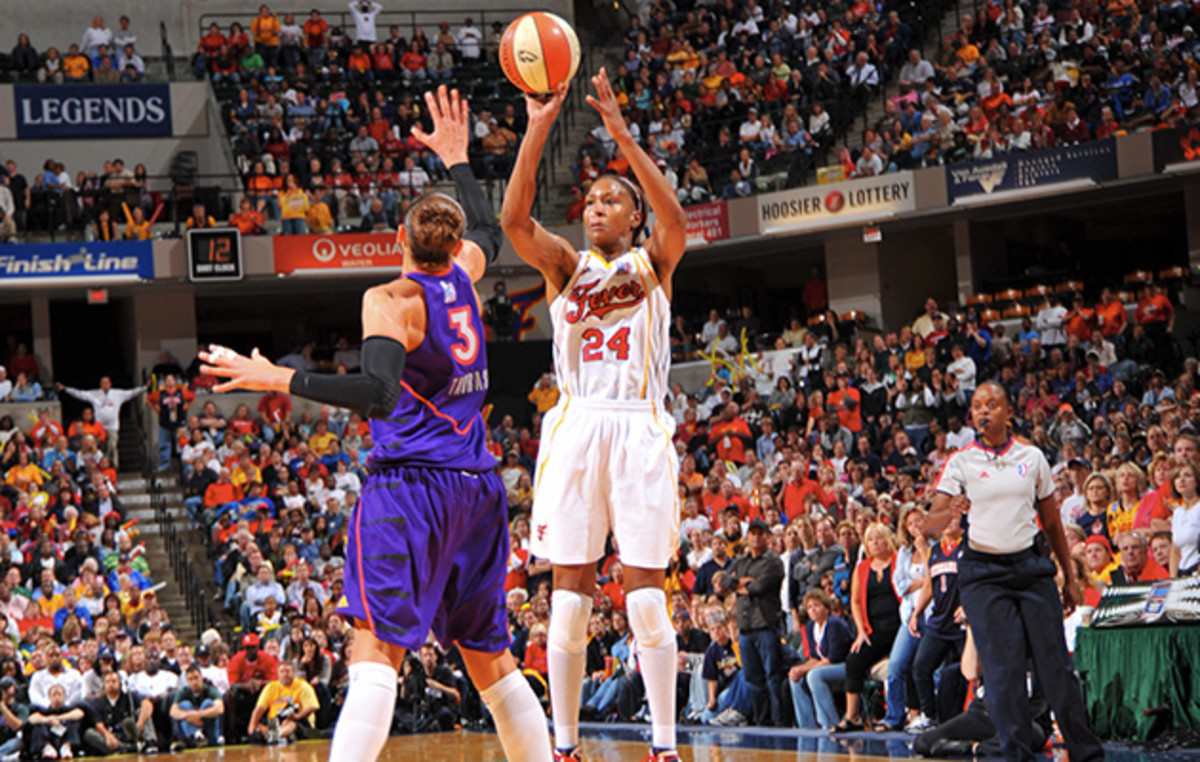
Catchings, who enters her 16th and final WNBA season in 2016, recalls the turning point of her WNBA career as coming near the halfway point of the 2009 campaign, when she and her teammates began playing for their franchise’s life.
“That season, we had to win,” said Catchings, a 10-time WNBA All-Star and 2011 league MVP.
The Fever responded favorably to the rumors about their potential demise, turning in a franchise-best regular-season record of 22–12 and advancing to their first WNBA Finals in team history. Though Indiana eventually lost the title to Phoenix after falling in five games, Catchings believes the support her team received from its fans throughout the season ultimately changed its fate. She credits a sellout of Indianapolis’s Bankers Life Fieldhouse in Game 3 of the 2009 Finals as the culmination of a city-wide effort to save the franchise.
• MORE NBA: Catchings, Kobe share unique path through Italy
“Nobody thought we were ever going to have a sold-out game and then the city literally rallied around us,” Catchings said. “Before that playoff run, people knew who I was, but after, people knew who everybody on the team was. They could name all our players. It came to be about more than just Tamika, it was about the team. That’s when I knew that we were here to stay.”
“Expectations to promote the game”
Minnesota Lynx forward Maya Moore entered the WNBA in 2011 knowing that she had the potential to boost the league’s popularity. The four-time first-team All-America selection at UConn, who was one of the most highly anticipated draftees in WNBA history, was prepared to make her mark on more than just the hardwood.
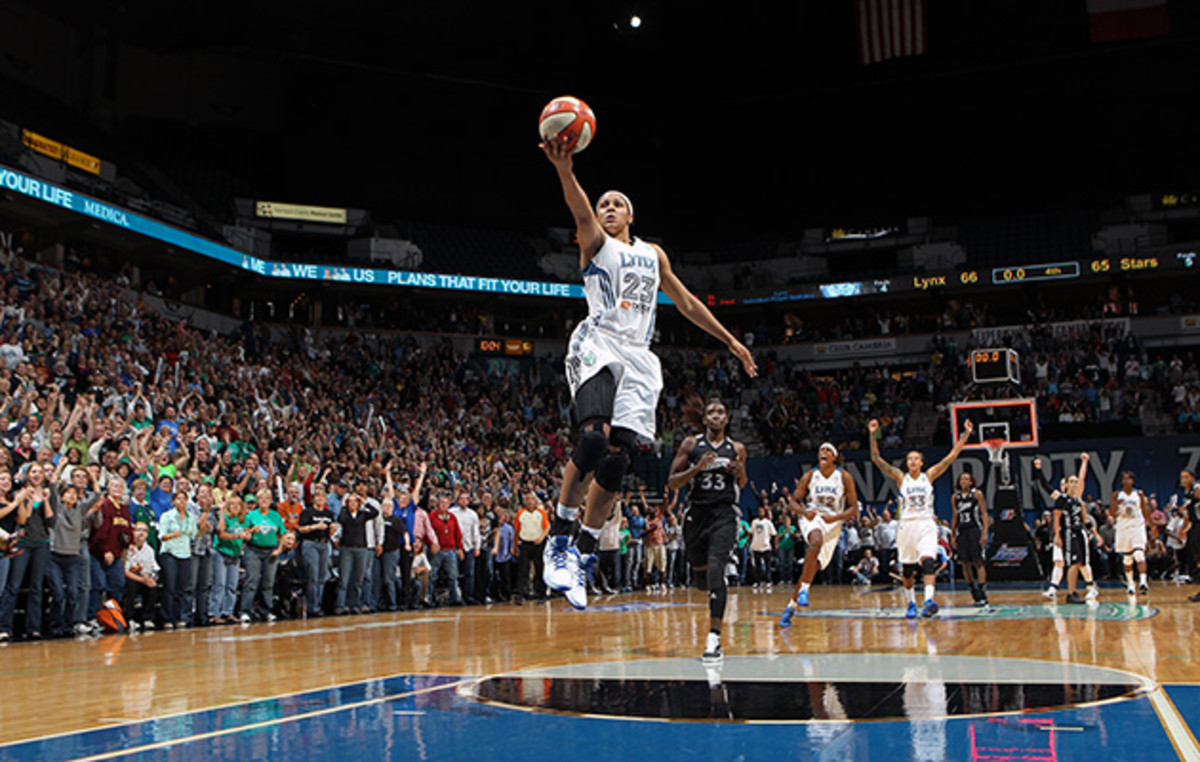
“I was the No. 1 draft pick and a very highly touted rookie, so I knew there were going to be eyes and opportunities to build excitement around the league,” said Moore. “There were expectations to promote the game. I tried to embrace that role.”
Moore, now a three-time WNBA champion and the 2014 league MVP, has been one of the many player ambassadors for the W’s promotion off the court, investing countless hours of her life into its community outreach and fan growth. “Our league is known for the way we engage with the fans, whether we get beat or not,” said Moore. “Taking the time to sign an extra autograph or to have a conversation with somebody and just to invite people into our worlds. I just try to do that as a habit, in general.”
Moore does these things partly because of her awareness of her impact on the league, but also because of what was demonstrated to her by former Comets guard and two-time WNBA MVP Cynthia Cooper, Moore’s favorite player as a child.
• From SI Vault: Maya Moore, the perfect basketball superstar
Moore recalls a camp she attended during the 1998 women’s Final Four in Kansas City, in which several WNBA players ran stations and spent time with young, aspiring players. Among them was Cooper, whose No. 14 Moore wore at the time. “I have such vivid memories from that day and haven’t forgotten it,” Moore said. “Cynthia Cooper was running a ball handling station, and I was in that station. I definitely remember trying to do what she was doing. It was a highlight for me.”
WNBA growth has been sparked by Moore and other young stars, namely the 2013 super draft class of the Mercury’s Brittney Griner, the then-Tulsa Shock’s Skylar Diggins and the Chicago Sky’s Elena Delle Donne, known as “The Three to See.” The 2013 season saw a ratings increase of 28% from the previous campaign, while half the teams in the WNBA finished cash-positive that year, which was the highest-ever total in league history. Then, in 2014, the league signed a contract extension with ESPN through 2025 worth $25 million.
“Now I see it through the eyes of my children”
Past and present players alike credit the WNBA’s very existence with growing the sport of women’s basketball over the last 20 years. “I have a 12-year-old niece and since she was born, she’s had a basketball in her hands and she’s been playing,” Cash said. “She looks at the WNBA as a possibility for her. She’s already working on her game, and that’s why I think the league has grown from a talent-perspective. A lot of young women are seeing the league at early ages as a viable possibility for them post-college.”
“Three of my four children are girls and if they want to dream of playing professional basketball, it’s easy for them to do so because they can turn on a game and they can buy a favorite player’s jersey,” Lobo added. “I look at the 20 years of the league and have so many emotions not only because I was part of the beginning, but because now I see it through the eyes of my own children.”
While the competitive opportunities the WNBA has provided for women have been unparalleled, agreement commonly resounds around the league that improvements still need to be made to its business model in order for it to thrive for another 20 years and beyond. With attendance remaining relatively stagnant since peaking near 11,000 fans per game in 1998, and the highest-paid WNBA player earning about one-fifth of what the lowest-paid NBA player makes, players are now speaking up about the changes that need to be made heading into the league’s third decade.
“Like anything, if it stays the same, that means it’s not getting better,” said Taurasi. “I think as the basketball players get better, as the fan bases get bigger and better, it gets to the point where you have to make sure you take care of the players. If you don’t have players, you don’t have a league.”
Taurasi, who has spent more than a decade playing overseas during the league’s off-season, took last summer off from the WNBA after receiving a big contract from her Russian team UMMC Ekaterinburg. “Looking back on it, I spent most of my 20s in a different country to play a sport that is loved here in America,” the 33-year-old said. “So, do I know the answers? No. But something has to be done to restructure the way things are working financially.”
Taurasi isn’t alone in her pursuit for overseas earnings. More than 70 of the WNBA’s players pull double-duty over the course of a calendar year, playing full seasons at home and abroad in order to capitalize on financial opportunities.
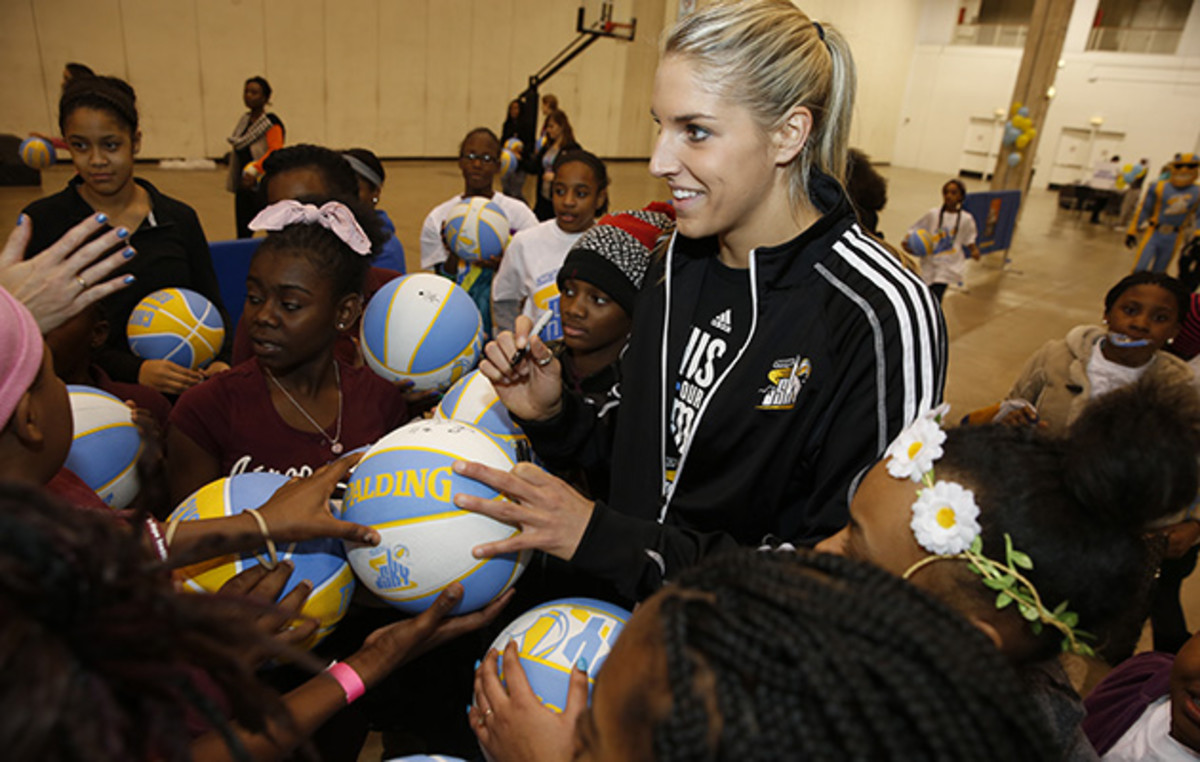
“We’re still a pretty young league, so you have to keep that in mind,” said Elena Delle Donne, the reigning WNBA MVP. “But I hope one day we don’t have to go overseas to make our money and can just stay here and have a league that can pay us what they can out of the country.”
Along with better compensation for players, Moore wants more for the league’s fans over the next 20 years.
“I want people to not have to work as hard to be a fan,” Moore said. “I want our league to be easier and easier to watch and to be a part of, so that it’s not as much of a treat when you’re able to watch a WNBA game, but it’s more of a norm. I’m more confident than I’ve ever been in the product that we have.”
